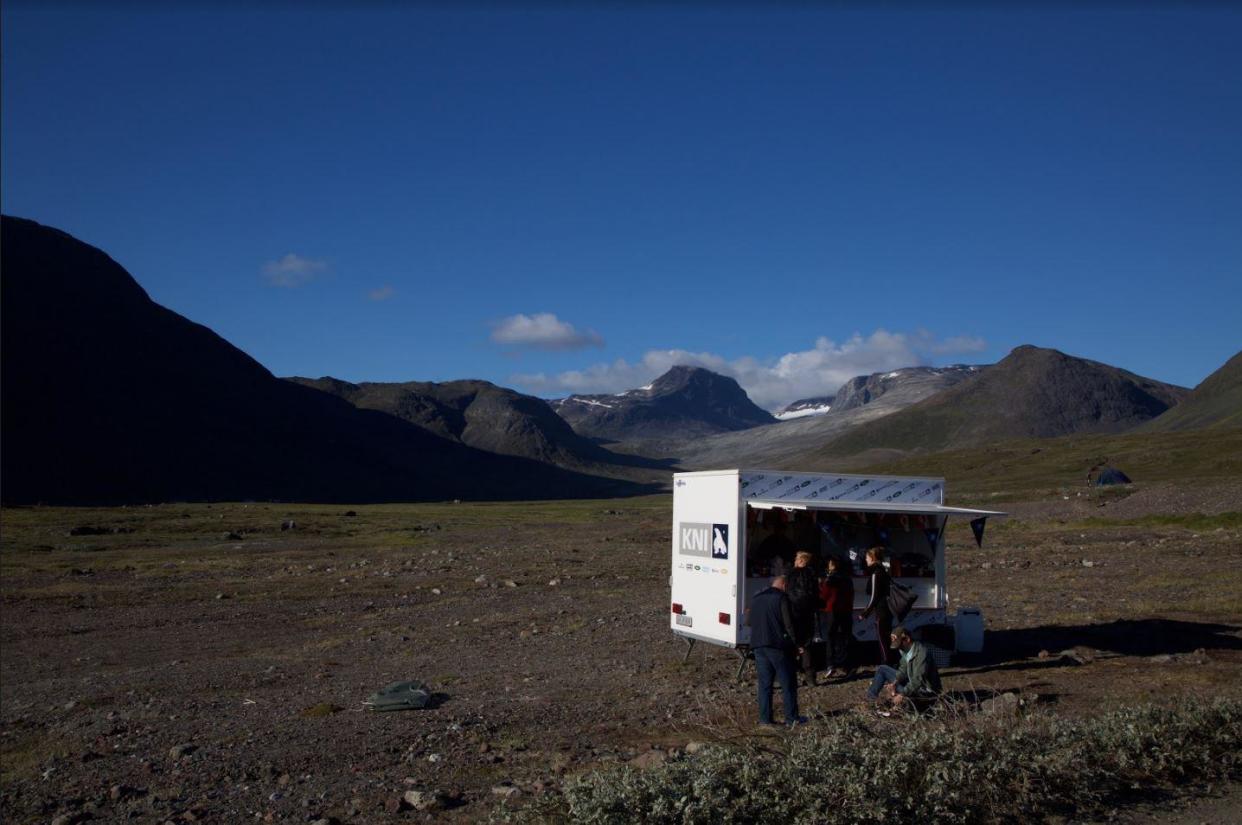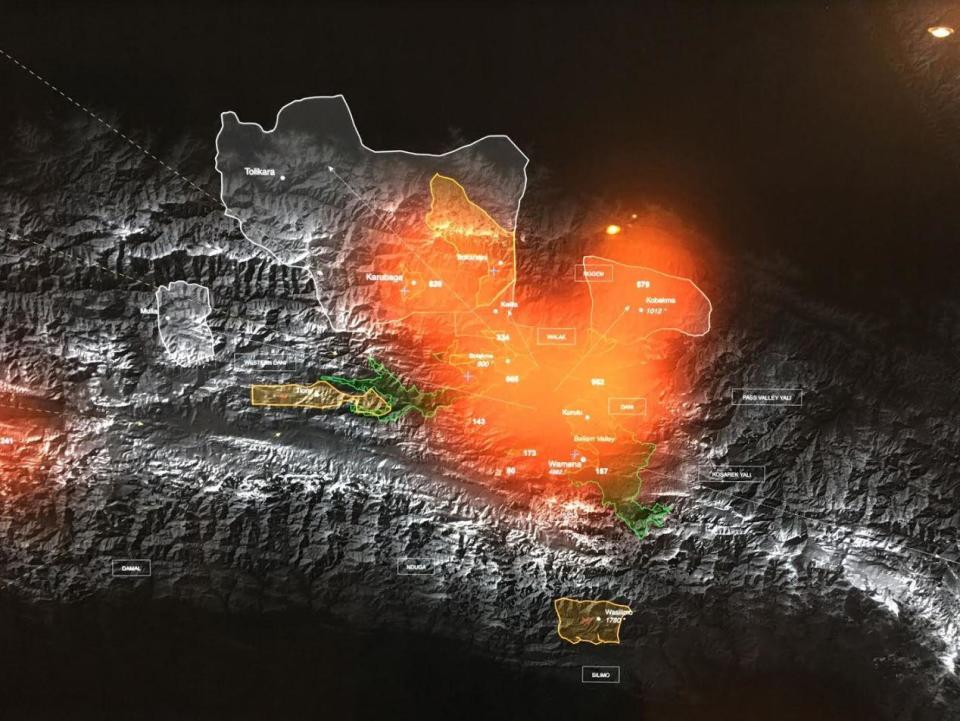Going for gold: Conflict Minerals at Arts Catalyst - review

Greenland is a paradise. Its awe-inspiring natural beauty is coupled with a modest citizenry that has subsisted on fishing and farming for millennia. The country is the world’s largest island. Ten times larger than the UK, though largely covered in a vast ice sheet, it is home to just 56,000 humans.
But rapid change is afoot in Greenland, to both the environment and its inhabitants. Since the 1960s an anti-colonialist nationalist movement has seen the former Danish colony become recognised as an “autonomous administrative division” of Denmark.
Nonetheless, the ice-bound country remains economically reliant on the Danish state. With a small workforce and an economy that remains almost entirely dependent on fishing, the route to full independence has long been a hollow dream. Greenland also happens to be home to colossal reserves of rare minerals, and more people believe Greenland’s route to full independence could lie in the extraction of huge quantities of uranium and rare earth metals. Mining companies from countries as distant as Australia and China are only too ready to help Greenland shake off its colonial past.
In 2007, the mining of ruby deposits began. The same year, Copenhagen-listed Nuna Minerals and gold-producing giant Rio Tinto formed an alliance in a move to exploit the country’s gold deposits. Plans are underway to create an open pit mine in Greenland which would be the fifth-largest uranium mine, and second-largest rare earth extraction operation in the world. The scheme has created deep divisions within the population.
Now, a film about the uncertain future local inhabitants face is the subject of a film by artists Lise Autogena and Joshua Portway. It is currently part of a compelling exhibition put on in Kings Cross in London by Arts Catalyst, an organisation that promotes work exploring the relationships between science, art and technology.
The film examines the impact of uranium mining on the local population. One resident claims that explorative mining in the 1980s resulted in his sheep's livers turning black. The nearer to the mine, the blacker the sheep's livers were. He says renewed mining activity in recent years has resulted in the return of the phenomenon. Another local resident, seen in the verdant hills and stream-laden valleys, tells the camera that previous mining “turns the landscape grey”.
“People get ill. They get cancer,” he adds.
One of the film’s creators, Lise Autogena, told The Independent that “many people in the community feel forced to choose global capitalism over a traditional way of life.”
She said the situation meant “a deep-seated anger has been created” in Greenland.
“It is a country that has a terrible suicide rate.”
Genocide heat map
The other half of the Arts Catalyst exhibition focuses on mining in West Papau, an area of Indonesia on the Melanesian section of the Pacific Ring, and it throws a spotlight on decades of violence and industrial-scale pollution.
A shocking “genocide heat map” shows a plan of the area, with military operations and the number of people killed by the Indonesian army between 1977-78 marked in increasing intensity around the Grasberg mine.

The mine is the Earth’s largest gold, and third largest copper mine. One mile across at its surface, the mine produces 230,000 tonnes of waste deposits a day, which are of major environmental concern. It is operated by Freeport, a company alleged to financially support military repression in the region.
The artist, Nabil Ahmed, is part of the Inter-Pacific Ring Tribunal - a collective that has gathered evidence of environmental damage and human rights abuses. His work is a portrayal of the geographic extent of ecological plunder and human misery as demand for rare minerals persists.
This dynamic exhibition provides a fresh and raw examination the demands of capitalism continue to put our planet and our populations under.

